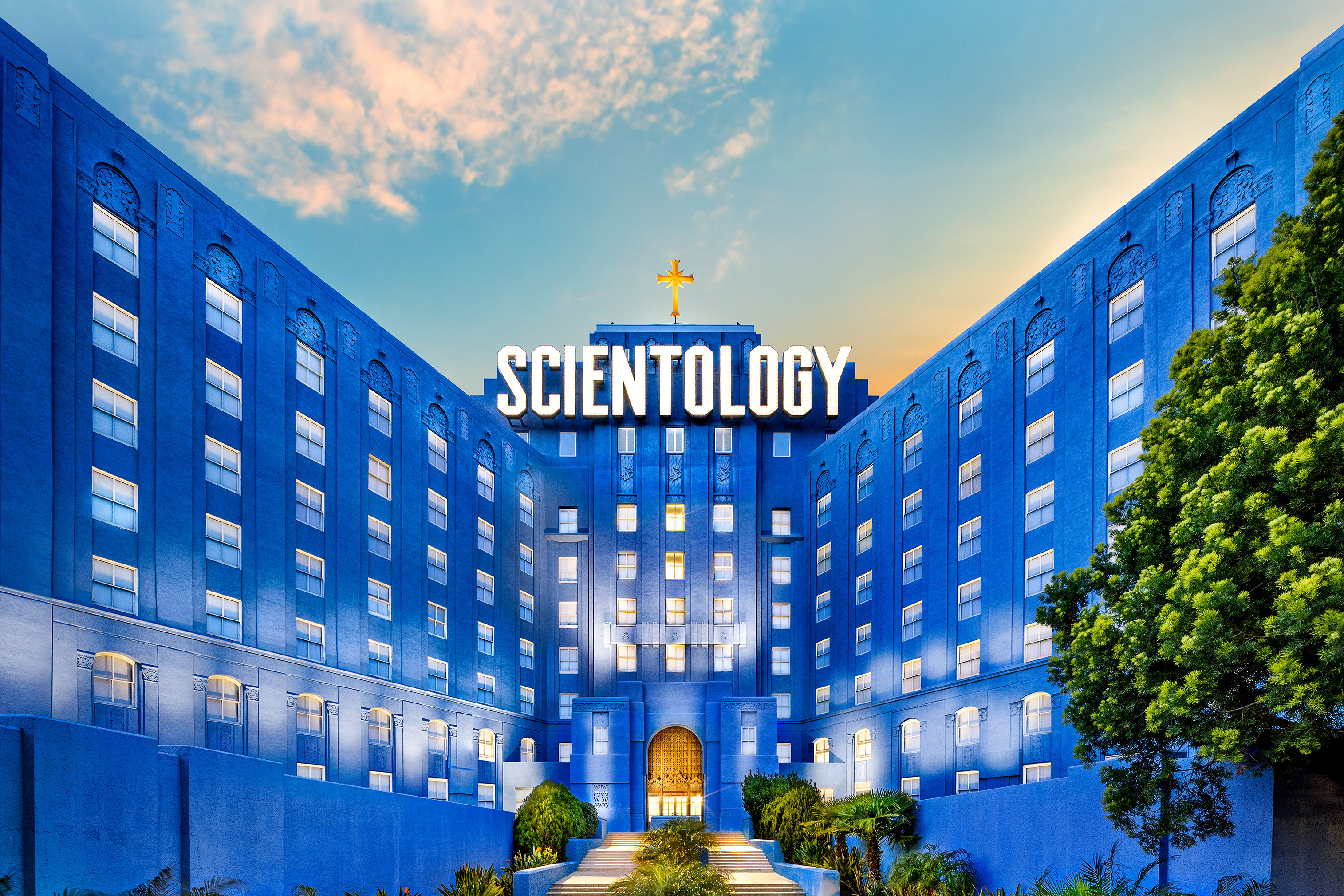The origins of Scientology are deeply intertwined with the life and works of its founder, L. Ron Hubbard. To understand the inception of this complex and often controversial movement, it’s essential to delve into the historical context and the events that led to its establishment.
L. Ron Hubbard, born on March 13, 1911, in Tilden, Nebraska, was an American author, philosopher, and the founder of Dianetics and Scientology. Initially, Hubbard gained recognition for his science fiction and fantasy writings, publishing numerous short stories and novels. However, it was his book “Dianetics: The Modern Science of Mental Health,” released in 1950, that laid the groundwork for what would eventually become Scientology.
“Dianetics” introduced the concept of the “reactive mind,” a notion that suggests traumatic memories can adversely affect an individual’s life. The book proposed a self-help technique called “auditing,” which was intended to help individuals overcome these past traumas and achieve spiritual and mental well-being. Although “Dianetics” gained a significant following, it also faced intense criticism from the medical and scientific communities, who questioned its lack of scientific basis and methodology.
Despite the challenges, the success of “Dianetics” encouraged Hubbard to further develop his ideas, eventually leading to the formation of Scientology. In 1954, the first Scientology church was established in Los Angeles, California. Hubbard expanded his teachings to include a wide range of spiritual concepts, including the idea of the “thetan,” which refers to the spiritual essence of an individual, and the “eight dynamics,” a framework for understanding and navigating life’s complexities.
Scientology’s official birthday is recognized as February 18, 1954, when Hubbard founded the first Church of Scientology in Los Angeles. However, the journey to this point was complex and involved the evolution of Hubbard’s thoughts and the adherence of his followers to these new ideas.
One of the critical factors in the growth of Scientology was its rapid expansion and organization. Hubbard established a hierarchical structure for the church, with various levels of membership and training. This structure included a system of “auditing,” which remains a core practice, aimed at helping members to achieve higher states of spiritual awareness and freedom.
The development of Scientology also involved the introduction of its unique terminology and concepts, such as “E-meter” (a device used in auditing to measure the spiritual state of a person), “suppressive persons” (individuals who are deemed hostile to Scientology and its goals), and the “Bridge to Total Freedom,” which outlines the path members follow to achieve spiritual enlightenment.
Scientology’s history is marked by controversy, from allegations of financial exploitation and psychological manipulation to conflicts with governments and former members. Despite these challenges, the movement has persisted, adapting and evolving over the years.
Today, Scientology remains a subject of both fascination and controversy, with its teachings and practices being scrutinized and debated by scholars, journalists, and the public alike. While the movement continues to attract new members worldwide, its image is also marred by high-profile defections, critical documentaries, and ongoing legal battles.
In conclusion, Scientology’s inception is closely tied to L. Ron Hubbard’s journey from science fiction author to spiritual leader. The movement’s foundational text, “Dianetics,” laid the groundwork for the expansive spiritual and philosophical framework that characterizes Scientology today. Despite the controversies, Scientology’s influence on popular culture and its persistence as a religious movement underscore its significance in contemporary religious studies.
FAQ Section
What are the core beliefs of Scientology?
+At its core, Scientology emphasizes the concept of the “thetan,” or the spiritual essence of an individual. It also teaches the eight dynamics, which are guidelines for understanding and achieving success in various aspects of life. Members believe in achieving spiritual freedom through the process of auditing, using an E-meter to guide the process.
How does one become a member of the Church of Scientology?
+Becoming a member of the Church of Scientology typically involves taking an introductory course or seminar, which introduces the basics of Dianetics and Scientology. Following this, individuals may choose to engage in auditing sessions and progress through the various levels of training and membership within the church.
What is the significance of the E-meter in Scientology auditing?
+The E-meter, or electro-psychometer, is a device used in auditing sessions to measure the physical and mental state of the individual being audited. It is believed to indicate the presence of spiritual distress or unresolved past traumas, guiding the auditor in addressing these areas for the individual’s spiritual advancement.



